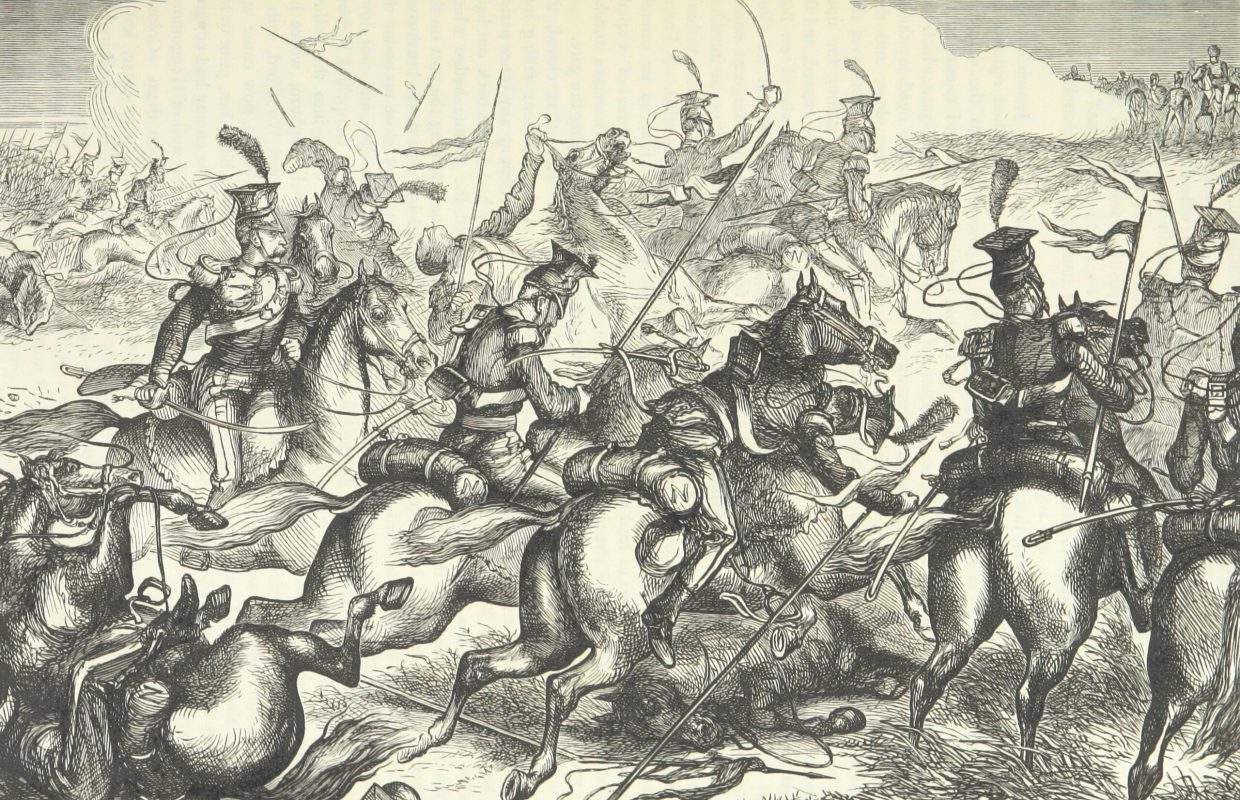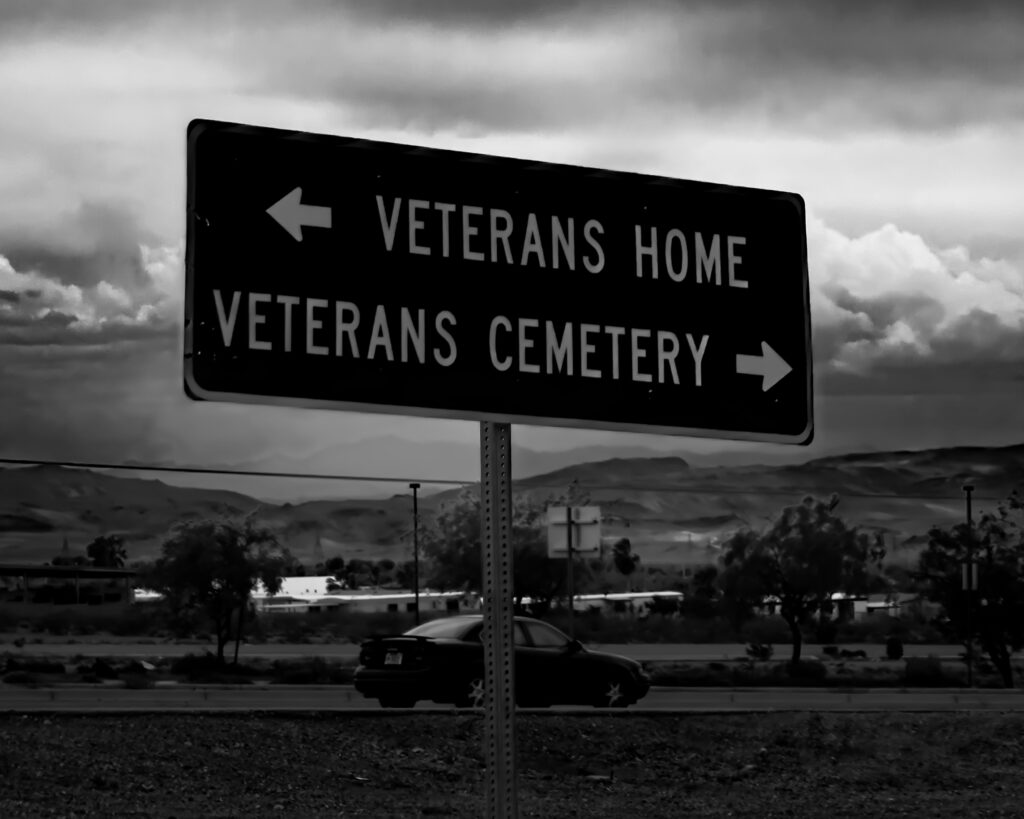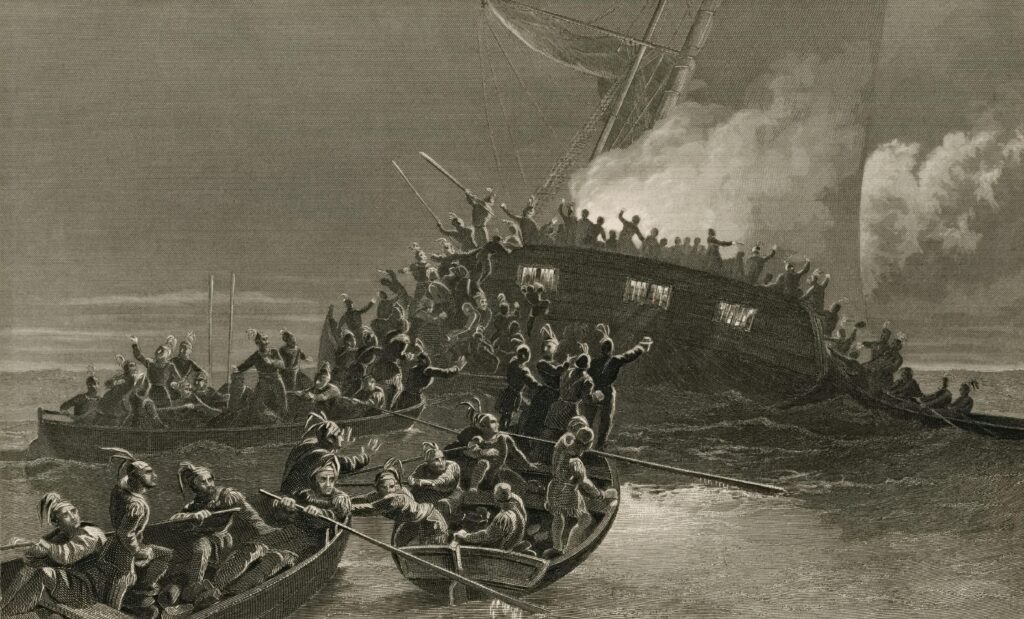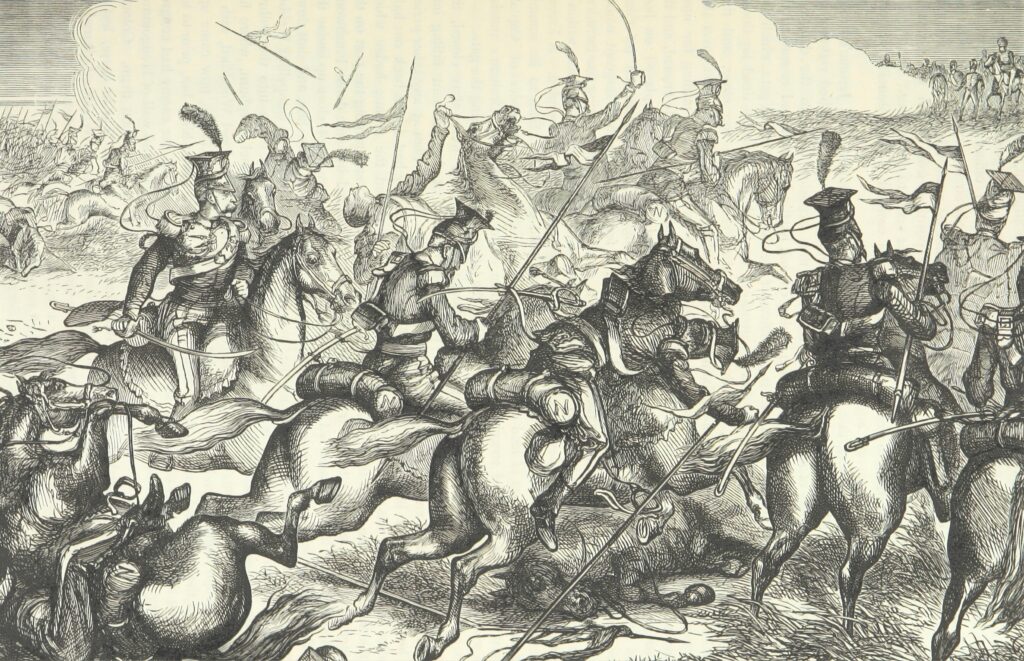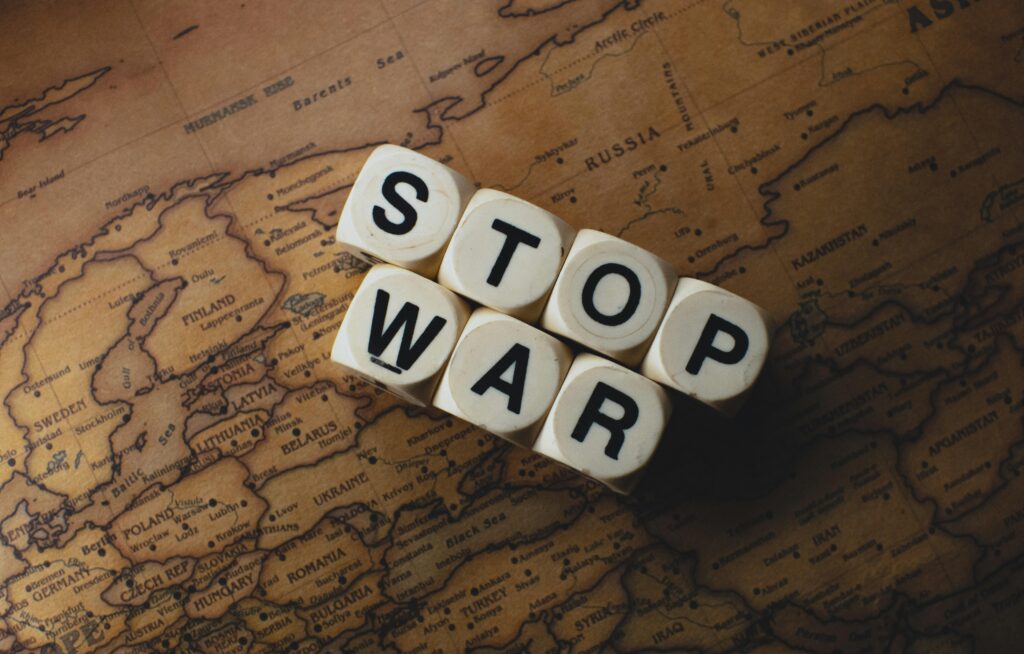The Battle of Thermopylae remains one of history’s most legendary last stands—a dramatic clash where a small force of 300 Spartans, led by King Leonidas, faced an overwhelming Persian army. This iconic event, fought in 480 BCE, has transcended time as a powerful symbol of courage, sacrifice, and unwavering commitment to freedom. In this article, we’ll explore the strategic importance of Thermopylae, the heroic deeds of the Spartans and their allies, and the enduring legacy that continues to inspire generations around the world. Join us as we delve into the story behind this epic stand against impossible odds.
Table of Contents
- The Strategic Significance of Thermopylae in Ancient Warfare
- Understanding Spartan Military Tactics and Training
- The Role of Leadership in the Heroic Defense
- Lessons from Thermopylae for Modern Team Resilience and Strategy
- In Retrospect
The Strategic Significance of Thermopylae in Ancient Warfare
Nestled between the towering cliffs and the narrow coastal strip, Thermopylae offered a natural choke point that was pivotal in controlling the advance of large armies in ancient warfare. This geography forced the invading Persian forces into a confined space, neutralizing their numerical superiority and tactical flexibility. Ancient generals understood that controlling such narrow passes could significantly prolong defensive efforts, buying vital time for the preparation of broader strategic maneuvers. In the context of Thermopylae, the terrain acted as a formidable force multiplier for the Spartan-led defenders who were vastly outnumbered.
Beyond its physical advantages, Thermopylae symbolized key strategic concepts that resonate through military history:
- Force Concentration: Maximizing impact by funneling enemy troops into a narrow front.
- Morale and Psychological Warfare: Demonstrating resolve in a defiant stand to inspire allied forces and deter invaders.
- Delay Tactics: Using the landscape to slow down a superior foe, enabling reinforcements and strategic repositioning elsewhere.
These elements combined to imbue Thermopylae with a significance far exceeding its small size, marking it as a crucial theater where tactical brilliance and terrain mastery converged in the annals of warfare.
Understanding Spartan Military Tactics and Training
Spartan soldiers were the epitome of rigorous military discipline and unyielding resilience. From a young age, males underwent the agoge, a brutal and comprehensive training regime designed to forge fearless warriors. This training combined intense physical conditioning, survival skills, and mastery of weaponry, ensuring that every Spartan was battle-ready by adulthood. Their tactics were rooted in the strength of the phalanx formation—an impenetrable wall of overlapping shields and spears. This close-knit, highly coordinated unit relied on trust and collective strength, where individual glory was secondary to the survival of the group.
Strategically, Spartans excelled in terrain exploitation and psychological warfare. At Thermopylae, they used the narrow mountain pass to neutralize the Persians’ numerical advantage, forcing them into a tight space where only a limited front could engage. Their unwavering discipline allowed them to maintain formation under relentless pressure, creating a formidable defense. Key elements included:
- Phalanx efficiency: Precise coordination ensured maximum protection and offensive power.
- Endurance training: Prepared warriors for long, grueling battles without fatigue.
- Weapon proficiency: Expertise with spears and short swords for both range and close combat.
- Psychological resilience: Spartan training embedded a warrior ethos that prized courage over life itself.
The Role of Leadership in the Heroic Defense
Leadership was the cornerstone of the Spartans’ resilience at Thermopylae. King Leonidas didn’t merely command troops; he embodied the warrior ethos and unyielding spirit of Sparta itself. His strategic acumen was evident in choosing the narrow mountain pass as the battleground, where sheer numbers counted for little. Leonidas’s ability to inspire loyalty and courage under extreme odds galvanized his men, uniting them with a singular purpose: to protect Greece at all costs. His presence on the frontlines exemplified leading by example, instilling a profound sense of duty and sacrifice.
Beyond tactical brilliance, Leonidas’s leadership fostered an unbreakable morale among the 300 Spartans and their allies. Key elements of this heroic defense included:
- Sharp Discipline: Rigorous training and Spartan codes of honor created warriors ready to face death without hesitation.
- Shared Purpose: A deep commitment to preserving freedom and homeland framed each soldier’s mindset.
- Adaptive Strategy: Flexibility to counter overwhelming Persian numbers by leveraging terrain and defensive formations.
Together, these qualities under Leonidas’s steadfast leadership transformed a doomed stand into an enduring story of heroism that continues to inspire leadership lessons across centuries.
Lessons from Thermopylae for Modern Team Resilience and Strategy
At its core, the Battle of Thermopylae underscores the transformative power of unity and preparation under pressure. The Spartans, though vastly outnumbered, leveraged their intimate knowledge of the terrain and impeccable discipline to create a formidable defense. Modern teams can draw inspiration from this by recognizing that strategic use of their unique strengths—whether specialized skills or collaborative synergy—can offset numerical or resource disadvantages. By fostering deep trust and clear communication channels, teams today can emulate the Spartans’ unwavering resolve and tactical adaptability in dynamic or high-stress environments.
Moreover, the battle highlights the importance of resilience through shared purpose and leadership. King Leonidas’ example shows how strong leadership that embodies commitment and courage can inspire a collective mindset focused on a greater cause. For contemporary organizations, this translates into nurturing a culture where every member feels valued and intrinsically motivated to persevere through setbacks. Establishing such foundational resilience not only prepares teams for inevitable challenges but also promotes innovation and strategic thinking that can turn potential defeats into opportunities for growth.
- Leverage core strengths to maximize impact regardless of scale
- Develop trust and seamless communication for cohesive action
- Embody leadership that inspires purpose during adversity
- Encourage resilience through shared goals and mutual support
In Retrospect
The Battle of Thermopylae remains one of history’s most enduring symbols of courage, sacrifice, and unwavering commitment to duty. The heroic stand of the 300 Spartans, alongside their allies, continues to inspire generations, reminding us that valor and determination can resonate far beyond the battlefield. As we reflect on this pivotal moment in ancient history, we honor not just the soldiers who fought, but the timeless spirit of resilience and sacrifice that defines true heroism. Whether in history books or popular culture, the legacy of Thermopylae endures—challenging us to stand firm in the face of overwhelming odds and to defend our principles with unwavering resolve.


